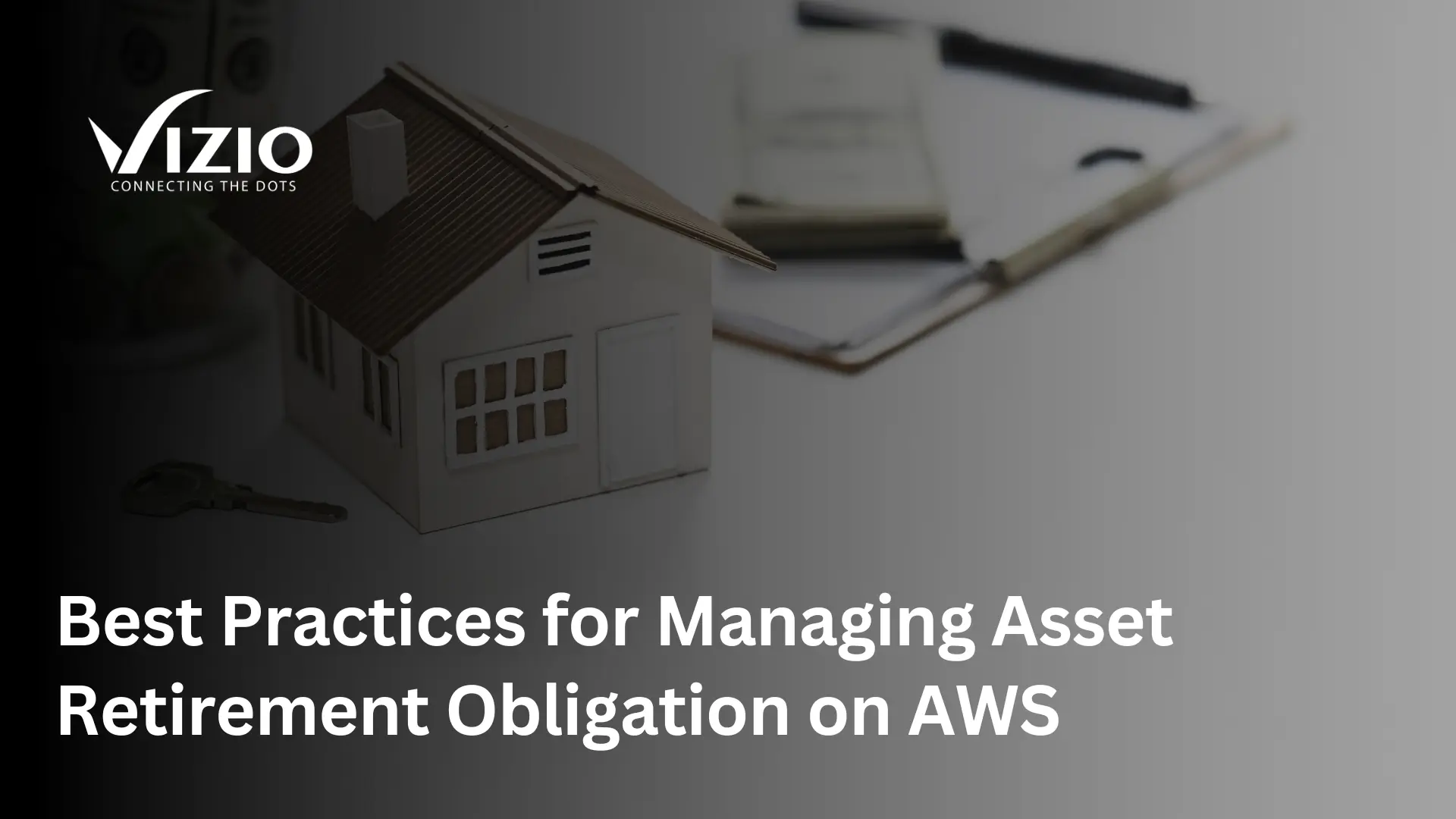Asset Retirement Obligation (ARO) occurs when an organization is legally and financially responsible for removing assets when they are no longer needed. Managing ARO on AWS means using cloud services and tools to efficiently track, assess, and plan for asset retirement.
AWS helps organizations store information about asset depreciation, maintenance history, and retirement costs in one place. It also integrates easily with other software and systems to streamline ARO management.
In this blog post, we will explore best practices for effectively managing Asset Retirement Obligation (ARO) on Amazon Web Services (AWS).
What is Asset Retirement Obligation (ARO)?
An Asset Retirement Obligation (ARO) is a legal obligation associated with the retirement of a tangible long-term asset. The organization must remove the asset, restore the site, and recognize the cost on the balance sheet.
It ensures organizations plan for the asset’s retirement cost and avoids omitting it in financial reports. Estimating ARO involves future costs, time, rules, and inflation. Companies must update the liability amount as conditions change. Failure to do this can cause financial errors and penalties.
What Is Asset Retirement Obligation Management?
Asset retirement obligation management is the process of planning and managing costs for retiring assets in the future. Organizations set aside funds during an asset’s life to have enough resources for decommissioning and removal later.
Managing these obligations helps reduce financial risks and meet regulatory requirements. It involves estimating future decommissioning costs, calculating their present value, and creating long-term funding strategies.
Proper management is important for financial sustainability and avoiding unexpected liabilities. Early identification of retirement obligations helps companies plan for expenses and allocate resources. This proactive approach helps meet financial responsibilities and improves risk management.
Managing asset retirement obligations is crucial for long-term success and sustainability in industries with significant liabilities.
Best Practices for ARO Management on AWS
Manage asset retirement obligations effectively on AWS by following these best practices:
- Conduct a thorough assessment of your assets to accurately determine their retirement obligations, considering factors such as decommissioning costs, site restoration, and regulatory requirements.
- Utilize AWS services such as Amazon S3 Glacier for long-term data retention related to asset retirement obligations, ensuring compliance with retention policies and facilitating easy access for audits.
- Implement robust security measures following AWS best practices to protect sensitive information concerning asset retirement obligations from unauthorized access or breaches.
- Regularly monitor and update your asset retirement obligation management system to incorporate changes in regulations, technologies, and business processes that may impact the retiring assets.
- Leverage AWS CloudTrail for auditing purposes to track user activity and understand how asset retirement obligations data is accessed and used within your organization.
- Use automation tools like AWS CloudFormation or AWS CodePipeline to streamline the process of managing asset retirement obligations, reducing manual errors and improving efficiency.
- Ensure that relevant stakeholders, including finance, legal, operations, and environmental departments, are involved in discussions and decisions regarding asset retirement obligations to achieve unity across the organization.
- You should hire experts or consultants who know much about managing asset retirement obligations on AWS. It will help you learn the best ways to do it and improve your strategy.
- Review your asset retirement obligation management strategy regularly through assessments and audits to identify areas for improvement, mitigate risks effectively, and ensure ongoing compliance with regulatory requirements.
Benefits of Managing Asset Retirement Obligation on AWS
- Centralized Management: AWS provides a centralized platform for managing Asset Retirement Obligation (ARO) across multiple assets and locations. It streamlines the process and ensures consistency in compliance and reporting.
- Improved Visibility: Using AWS, organizations gain visibility into their ARO obligations, allowing them to accurately track, monitor, and analyze the financial impact of retirement activities.
- Automated Monitoring: AWS offers automation tools that enable organizations to set up alerts and notifications for key ARO milestones, such as trigger events or cost estimation limits. It helps organizations stay proactive in their ARO management approach.
- Cost Efficiency: AWS’s scalability and pay-as-you-go model help organizations optimize costs associated with managing ARO by only paying for the resources they use without having to invest in expensive infrastructure upfront.
- Enhanced Security: With advanced security features and high compliance standards, AWS provides a secure environment for storing sensitive ARO data and ensuring data integrity throughout the asset’s lifecycle.
- Integration Capabilities: organizations can easily integrate their ARO management tools with other AWS services, such as data analytics or forecasting tools, to gain deeper insights into retirement obligations and make more informed decisions.
- Real-time Reporting: Through AWS dashboards and reporting capabilities, organizations can access real-time data on their ARO status, helping them make timely adjustments to their strategies based on changing market conditions or regulatory requirements.
- Regulatory Compliance: AWS supports industry-specific compliance certifications (such as SOC 1/2/3, ISO 27001, etc.), which can assist organizations in meeting regulatory requirements related to asset retirement obligations.
- Compliance Monitoring: With automatic compliance checks and audit trails available on AWS, organizations can monitor changes in regulations or internal policies affecting ARO management practices to avoid penalties or non-compliance issues in the future.
Conclusion
Managing asset retirement obligations on AWS helps organizations handle end-of-life asset responsibilities efficiently and cost-effectively. By using the cloud-based platform, companies can easily track, report, and account for AROs, reducing risks and meeting regulatory requirements.
AWS’s tools and resources allow organizations to make informed decisions about asset retirement strategies and improve financial planning. Automating workflows and accessing real-time data analytics can enhance operational efficiency and reduce liabilities related to retiring assets.

